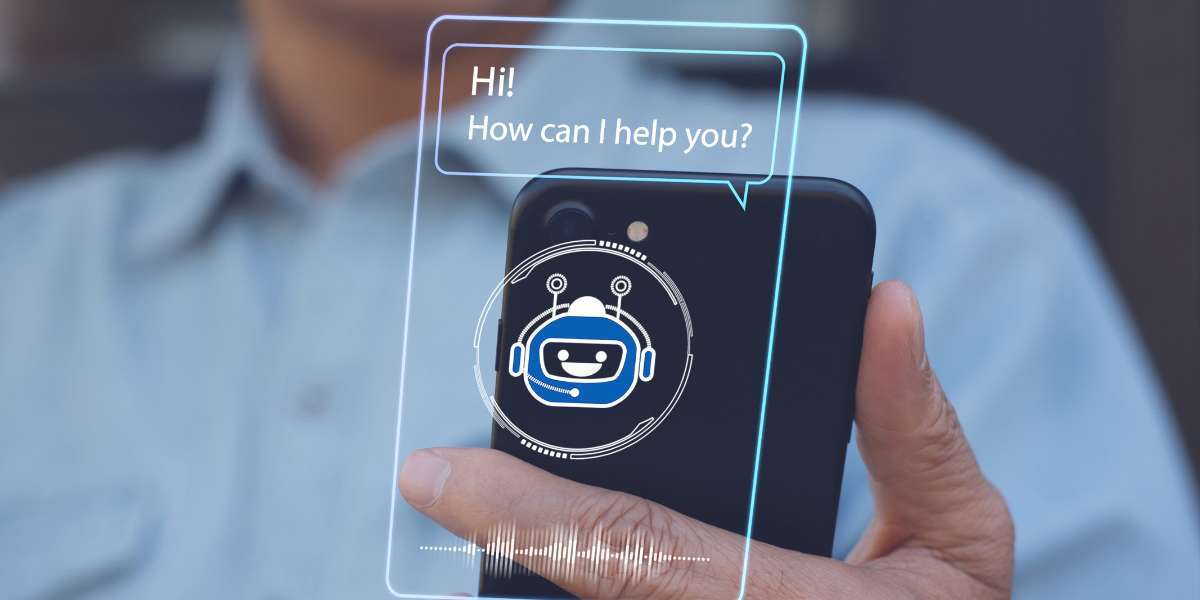From Concept to Reality: The Rise of Generative AI Powered Intelligent Virtual Assistants.
In an era marked by rapid technological advancements, Generative Artificial Intelligence (GenAI) and Intelligent Virtual Assistants (IVAs) powered by GenAI stand out as two transformative forces. These technologies promise to revolutionize business models, accelerate operational efficiencies, and reimagine customer engagement strategies. We’ll dive deeper into these technologies, their significance for enterprises, and their potential impact across various industries.
Understanding Generative AI in the Enterprise
Generative AI is a subset of artificial intelligence that focuses on creating new and relevant content, including text, images, and data, that mimics human-like creativity. It leverages complex algorithms and neural network architectures, such as Generative Adversarial Networks (GANs) and transformers, to produce outputs that can sometimes be indistinguishable from those created by humans. This capability makes it a powerful tool for innovation in content creation, design, and decision-making processes.
Generative AI can be applied across the enterprise to accomplish any number of tasks, which is why we are seeing 96% of organizations describe their current level of GenAI use as moderate to very high. Some of the key applications of generative AI in enterprises include:
- Content Generation: Automating the creation of marketing content, reports, and personalized communication.
- Product Design: Enhancing creativity in product development with novel design options.
- Code Development: Automating outline coding jobs can make development workflows much faster, more efficient, and less vulnerable to mistakes caused by human errors.
- Data Simulation: Generating synthetic data for training AI models where real datasets are limited or sensitive.
- Content Curation: Providing relevant and topical information based on context, intents, and access to enterprise data.
- Workflow Automation: Automating common and repetitive tasks to improve productivity and the quality of work.
The Enterprise Challenge of Adopting Generative AI in Enterprises
Despite its incredible potential, enterprises are facing difficulties in realizing positive business outcomes because integrating Generative AI into enterprise applications and operations presents significant challenges:
- Integration Complexity: Organizations often grapple with integrating these advanced systems into their existing technological frameworks. Merging Generative AI with existing IT ecosystems requires sophisticated integration strategies and tools, ensuring seamless operation without disrupting current processes.
- Data Quality and Security: Data quality poses another significant hurdle, as generative AI requires clean, structured, and comprehensive datasets to function effectively. The effectiveness of Generative AI hinges on the availability of high-quality data. Enterprises must establish rigorous data governance frameworks to maintain data integrity and privacy, especially in sensitive industries like finance and healthcare.
- AI Skills Gap: The advanced nature of Generative AI technology necessitates a workforce skilled in AI development, deployment, and maintenance, highlighting the need for significant investments in training and talent acquisition. The scarcity of skilled professionals who can develop, deploy, and manage these systems limits their widespread adoption.
Intelligent Virtual Assistants
IVAs are AI-driven solutions capable of understanding and executing tasks based on natural language inputs. Unlike their predecessors, which relied on predetermined scripts, today's IVAs are equipped with machine learning and natural language processing technologies, enabling them to learn from interactions and improve over time. IVAs are instrumental in automating customer service, support functions, and even internal administrative tasks, providing 24/7 assistance and freeing human employees for more complex endeavors.
Some of the key benefits of IVAs include:
- Enhanced Customer Service: Delivering instant, personalized support across multiple channels.
- Operational Efficiency: Automating routine tasks, thereby reducing overhead and streamlining processes.
- Employee Productivity: Assisting with scheduling, email management, and information retrieval, enabling employees to focus on high-value activities.
The Rise of Generative AI IVAs
GenAI and IVAs hold the promise of transforming the entire enterprise by driving innovation, improving customer experiences, and optimizing operations.
- Finance and Banking: Automating complex customer inquiries, enhancing fraud detection mechanisms, and providing personalized financial advice can significantly improve efficiency and customer trust.
- Healthcare: By offering personalized patient care through automated appointment management, prescription refill reminders, providing health information, these technologies can lead to breakthroughs in patient outcomes and operational efficiency.
- Retail and E-Commerce: From personalized shopping experiences to inventory management and automated customer support, Generative AI and IVAs can significantly enhance the customer journey, driving loyalty and sales.
- Travel and Hospitality: Providing travelers with personalized concierge services, managing bookings, and offering tailored recommendations can elevate the overall travel experience and operational efficiency.
Charting the Path Forward with Generative AI and IVAs
As we look towards the future, the potential for generative AI and IVAs only grows. These technologies are expected to become more intuitive, more integrated into our daily lives, and capable of handling increasingly complex tasks. The continued development of generative AI and IVAs promises not just incremental improvements but a reimagining of what is possible in automation, customer interaction, and beyond.
For enterprises looking to harness the power of Generative AI and IVAs, a strategic approach is essential:
- Clear Objective Identification: Businesses must define specific goals and understand how these technologies can help achieve them.
- Commitment to Data Excellence: Ensuring data quality, governance, and security is foundational to the success of Generative AI initiatives.
- Fostering a Culture of Innovation: Encouraging experimentation and continuous learning can help organizations stay ahead in the rapidly evolving AI landscape.
- Strategic Partnership and Collaboration: Working with technology partners can provide access to specialized skills and technologies, accelerating the path to innovation.
Generative AI and Intelligent Virtual Assistants offer a new horizon of possibilities for enterprises willing to navigate the complexities of their integration and use. By adopting these technologies, businesses can unlock unprecedented levels of efficiency, innovation, and customer satisfaction, ensuring their competitive edge in the digital age. The journey toward embracing these advancements is complex but, ultimately, rewarding for those prepared to invest in the future.
Conclusion
Generative AI and intelligent virtual assistants are more than just technological advancements; they are the harbingers of a new era in enterprise innovation. As we transition from concept to reality, the adoption of these technologies becomes a necessity for organizations aiming to stay ahead in an increasingly competitive landscape. Embracing these technologies today means setting the stage for a future where efficiency, innovation, and customer satisfaction are not just goals but realities.
FAQs
- What is generative AI? Generative AI is a type of artificial intelligence that can generate new content, including text, images, and videos, based on learning from vast amounts of data.
- How do intelligent virtual assistants work? Intelligent virtual assistants use natural language processing and machine learning to understand and respond to user queries, facilitating interactions that mimic human conversation.
- What are the challenges of implementing generative AI in enterprises? Challenges include integrating with existing systems, ensuring data quality, and overcoming skill and resource limitations.
- How can generative AI IVAs benefit businesses? They streamline operations, enhance customer service, and foster innovation by automating and optimizing tasks across various departments.





